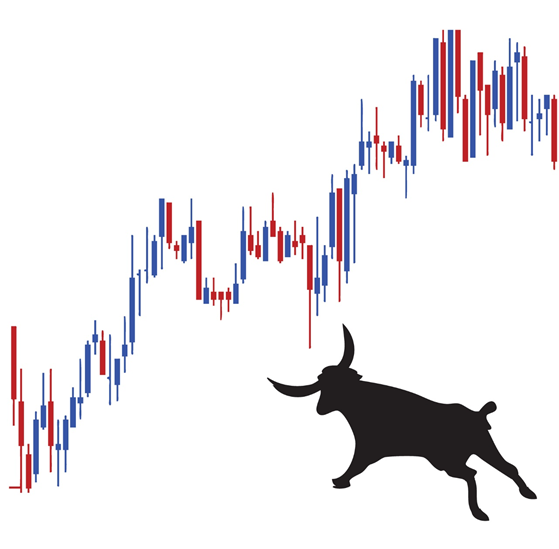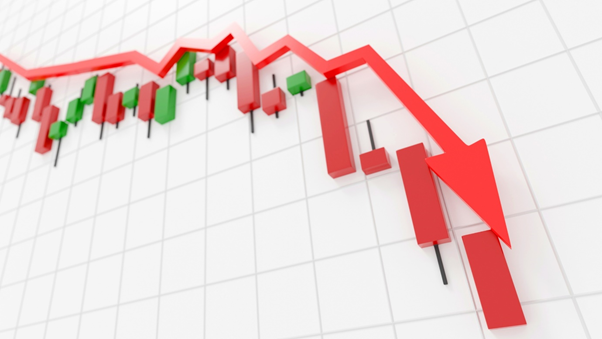What is the Hikkake pattern?
The hikkake pattern indicates the price pattern in the stock market and is used by technical analysts and traders. The hikkake pattern is utilised with the aim to detect any short term movement in the prices in the direction of the market. The pattern can be observed in two directions. One pattern depicts the short term downward movement and the second, the short term upward movement in the prices.
The hikkake pattern is also employed with the aim to ascertain the turning points and the market continuations. The pattern can be easily located in the price data, traditional price charts, figure and point charts and candlesticks charts. However, the hikkake pattern cannot be employed in the traditional candlesticks pattern.The hikkake pattern is also known as the “inside day false breakout” and “fakey pattern”.
Summary
- The hikkake pattern indicates the price pattern in the stock market and is used by technical analysts and traders.
- The hikkake pattern is utilised with the aim to detect any short term movement in the prices in the direction of the market.
- The pattern can be observed in two directions, one in the short term downward movement and the second, the short term upward movement.
Frequently Asked Questions (FAQs)
What is the bullish hikkake pattern?
The bullish hikkake pattern can be located when the initial bars show an inside bar pattern. The inside side pattern stands for the pattern in which the first bar overshadows the second bar completely. The third bar has a lower low and a lower high in comparison to the second bar. The consecutive bars drifts below the previous bars. The last bars close above the high of the second bar. To make a profit from the bullish hikkake pattern, the trader needs to put a buy stop order at the top of the second bar. The buy stop order will make a purchase of the security when the price reaches the high of the second bar.
The bullish hikkake pattern does not take into consideration the colour of the candles nor does it require that the price trend to be upward. In theory, the bullish hikkake pattern should project the bullish candlesticks, however, it only indicates the continuation or the reversal of the existing trend.

Image source: © Xetra | Megapixl.com
What is a bearish hikkake pattern?
Like the bullish hikkake pattern, the inside bar pattern can be observed in the bearish hikkake pattern, that is, the first candle will completely shadow the second candle. The third candle will have a higher high and higher low in comparison to the second candle. The consecutive bars will be drifting above the previous candles. The fifth candle will be closing below the low of the second candle.
To make a profit from the bearish hikkake pattern, the trader needs to put a sell stop order at the second candle’s low. The identification of the bearish hikkake pattern, the candle’s colour and the trend of the prices does not carry any value.
The bearish candlestick is used to depict the reversal or continuation of the present trend.

Image source: © Hernanhyper | Megapixl.com
How is a hikkake pattern identified?
Hikkake patterns are complex candle patterns that move in one direction in the beginning and then a sudden reverse is observed in the pattern, or the prices start to move in the opposite direction. The pattern will include four points –
- The beginning candles will show a declining pattern. This declining size is known as the harami candlestick pattern and the inside day pattern. In the inside day pattern, the first candle’s body overshadows the body of the second candle completely. The close of the candle does not have significance, neither the colour of the candles holds any significance.
- The end of the third candle shows whether it is a bullish or bearish hikkake pattern. In case the candle closes above the high of the previous candle then it is a bearish pattern.
- The following candles will be drifting in the reverse direction.
- The last candle in the pattern will end above the second candle’s high.
When the fourth point is achieved or confirmed, then the pattern will continue in the direction of the last candle.
How traders use the hikkake pattern?

Image source: © Madartists | Megapixl.com
The hikkake pattern is created because of the decline in the market volatility in the short term. Then a breakout move is observed in the prices, it generally makes traders think that the breakout has happened. As a result, traders take a position in the market by putting a stop order in the opposite direction on the trade.
In case the prices move in the opposite direction, then the stop order is activated. A boost in the prices can be achieved as the stop order is placed as per the second bar’s boundary.
An inside bar can be observed in congested markets. The inside bar is a low-risk point where the trader can take a position in the market. The inside bar breakouts appear attractive to the traders because of their stop loss position which is natural.
If a trader is able to identify the false breakouts, then they will be able to take a position in the market. Chiefly, the hikkake pattern gives the trader an opportunity to trade in the false breakouts.
The founder of the term observed that the traders are trapped in the pattern and are not able to make a profit as the pattern moves in the opposite direction.
How should a trader trade in the hikkake pattern?
In the bullish hikkake pattern, the trader should put the stop buy order in accordance with the high of the inside candlesticks. If the order does not kick in after the consecutive candles, then the order should be cancelled.
In the bearish hikkake pattern, a sell stop order should be placed at the low of the inside candlesticks. It is recommended that the order should be cancelled in case the order is not triggered in the consecutive candles.
 US
US AU
AU UK
UK CA
CA NZ
NZ IND
IND
 Please wait processing your request...
Please wait processing your request...